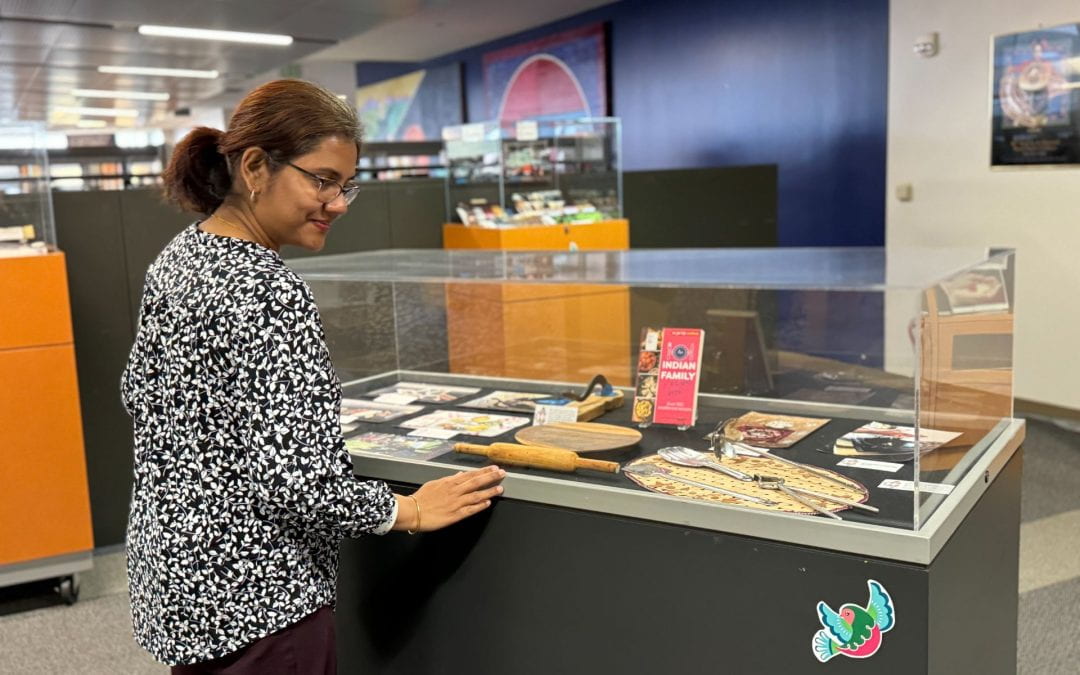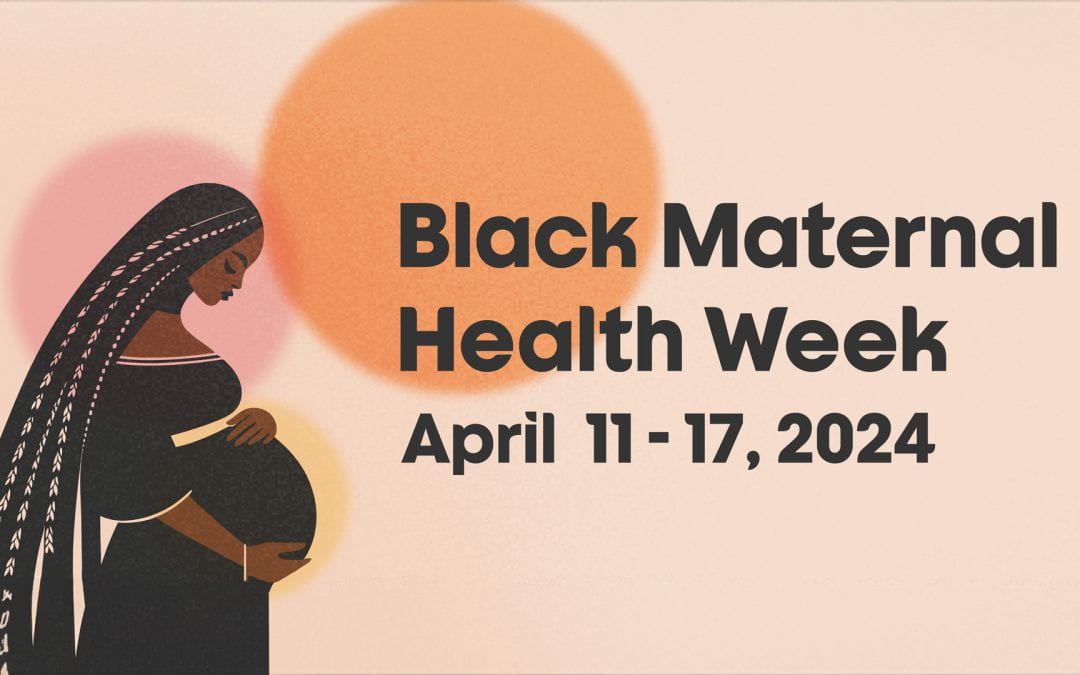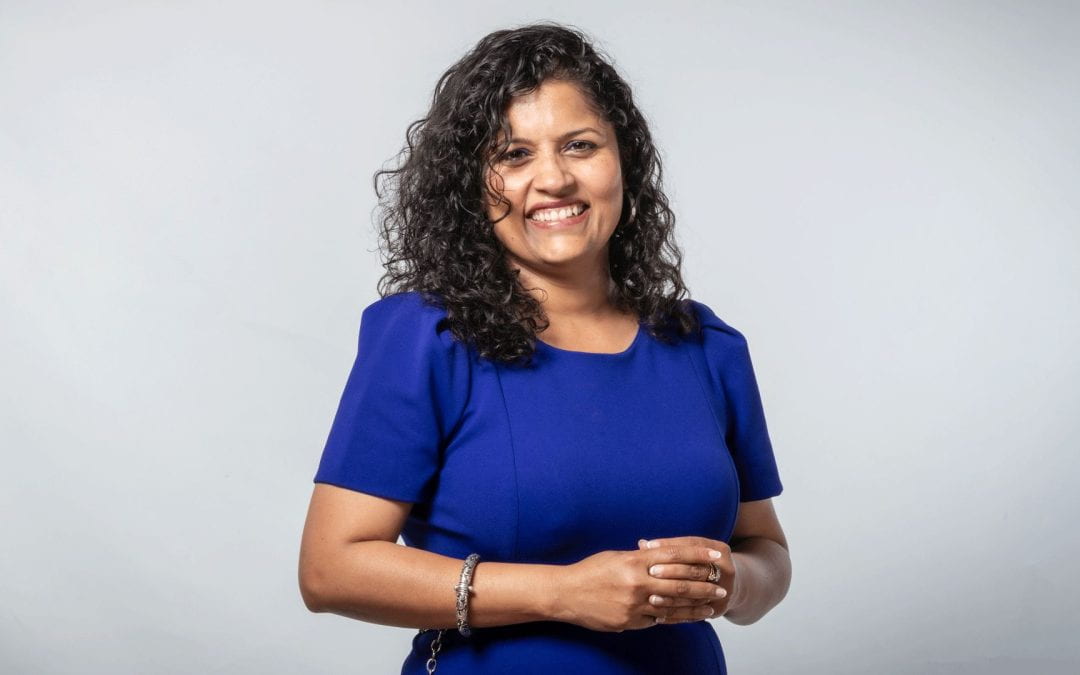Adobe Gift to Fund Hispanic-Serving Institute at San José State

Students taking Design Fundamentals 1, a course taught by SJSU Advertising Professor and Adobe Master Teacher John Delacruz. In the course, students learn how to think creatively and become versed in Adobe tools like Photoshop, InDesign, Illustrator and Dimension. Photo: Robert C. Bain
Thanks to an ever-strengthening partnership with Adobe, San José State University will soon be home to an institute dedicated specifically to uplifting Latinx/a/o SJSU students.
As part of the creative technology company’s new Anchor School Program, Adobe is giving $1 million to San José State, which is a federally designated Hispanic-Serving Institution (HSI) — meaning more than 25% of its undergraduate full-time student population identifies as Hispanic.
The gift will go toward the creation of an on-campus HSI Institute, which will serve as a central university resource to support the creation and implementation of “culturally sustaining programming, curricula and research,” according to Magdalena Barrera, vice provost for faculty success and professor of Chicana and Chicano studies.
“Built on a holistic understanding of the experiences, strengths and needs of the Latinx/a/o students, families and communities whom we serve, the HSI Institute will enable SJSU to recognize the powerful ways in which students’ campus and home lives are intertwined and inform each other,” Barrera said.
Considering culture in educational success
Latinx/a/o students experience higher education differently than their white peers, explained Barrera. The education system can be stacked against those students in ways that can sometimes be challenging for universities to foresee, she added.
She shared the example of an SJSU Latinx student who needed to take an exam essential for advancement in his coursework. As is the case with many Latinx/a/o students, the student had two last names, and the name that appeared on his student ID did not align with the name used to register for the exam.
He was denied entry to the exam, and when he went to an SJSU central office for support, he found many other students were in the same situation.
While just one example — and perhaps a seemingly small one to some — Barrera said it’s a representation of how not considering cultural backgrounds can limit student success.
“Something like that could impact a student’s timeline to graduation, or it can simply be discouraging,” she noted.
The first steps to forming the institute will be to identify a faculty director, Barrera said. SJSU submitted a proposal to Adobe outlining the HSI Institute, which was approved for funding on Nov. 13. The proposal detailed how the HSI Institute will build leadership capacity for both students and faculty through the following approaches:
Faculty across campus can come together to identify and address education inequities in their fields.
Working with the SJSU Division of Research and Innovation, the institute will establish a campus-wide vision to guide and inform grant and research proposals for projects that foster the well-being and success of Latinx/a/o and other historically underserved students — going beyond retention and graduation and aligning with familial and community values.
The HSI Institute will offer faculty professional development opportunities that demonstrate how to create and implement culturally sustaining, asset-based and academically affirming pedagogies and curricula, particularly around digital literacy and ethnic studies.
As part of the Anchor School Program, Adobe will also provide 100 scholarships of up to $15,000 to students of color to be distributed amongst SJSU and the other two inaugural members of the program, Bowie State University and Winston-Salem State University — both historically Black universities — as well as students at other institutions.
“We strongly believe that long-lasting change requires a conviction to innovate and willingness to lead, and our partnership with SJSU is a critical step in building confidence and competence in digital skills for the future,” said Brian Miller, chief talent, diversity & inclusion officer for Adobe.
President Mary A. Papazian shared that San José State is “very excited for the opportunity afforded by this gift from Adobe, who has long been a leader in the San José community, investing in programs that help advance the important learning of our students and research of our faculty.”
Sela Gaglia, ’18 MFA Creative Writing, executive director of corporate and foundation relations at SJSU, said this investment is representative of Adobe’s values and commitment to uplifting historically underserved communities through education.
“Many corporate pledges were made to counteract systemic racism, but only a fraction of those pledges have been actualized,” she said. “Adobe is fulfilling their commitment to their employees to invest in creating a more equitable future — and that speaks volumes.”
Working to address inequities
The proposal for the HSI Institute to Adobe noted that throughout the years, the university has “demonstrated a significant commitment to addressing the opportunity gaps that have led to lower percentages of African American and Latinx students completing their undergraduate degrees than their white and Asian American peers.”
A task force created to address these inequities eventually led to the 2018 creation of the Chicanx/Latinx Student Success Center (CLSSC), also known as Centro, which offers a set of programs to engage Latinx/a/o students and increase their academic confidence and put them on a path toward success.
Still, more support is needed for these students, according to the SJSU proposal to Adobe, which cited findings from a 2015 SJSU study indicating inadequate advising, lack of mentorship and a lack of holistic forms of student support. The study also concluded that these weaknesses led to a “direct, negative impact on student persistence, retention and graduation.”
Lilly Pinedo Gangai, program director of CLSSC and a collaborator on the HSI Institute proposal to Adobe, said that “all Latinx/a/o students at SJSU deserve to have positive interactions and experiences with all members of our campus community; unfortunately this isn’t always the narrative I hear from students I’ve worked with directly.”
She said that the HSI Institute, guided by “an assets-based, race-conscious framework, will empower faculty and staff to gain expertise as Latinx student advocates, which can lead to improved quality interactions with students inside and outside of the classroom — and ultimately greater persistence, retention and graduation.”
The HSI Institute will assess its impact and success through the creation of courses that address critical aspects of Latinx/a/o and other historically underserved students’ experiences, according to the proposal submitted to Adobe. Plus, it will monitor the retention and four-year graduation rates of students as well as how many students are becoming involved with research and pursue graduate school.
The gift from Adobe comes a year after San José State was recognized as an Adobe Creative Campus for its commitment to using technology to provide students with a transformative path to success.
The university is among a select group of colleges and universities Adobe identified as higher education innovators actively advancing digital literacy skills across the curriculum. By making Adobe Creative Cloud available to its students, SJSU provides creative and persuasive digital communication tools that will give them an edge in the competitive modern workplace.
“This gift from Adobe will help change the trajectory of many students’ lives by ensuring they get the personalized support they need — both in the classroom and beyond,” said Theresa Davis, vice president of university advancement.
“It will also empower our faculty members to address the inequalities that have made it much more challenging for underserved students to complete the path to a college degree.”
Learn more about SJSU’s Chicanx/Latinx Student Success Center.




